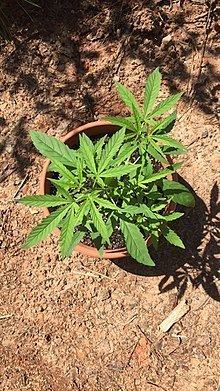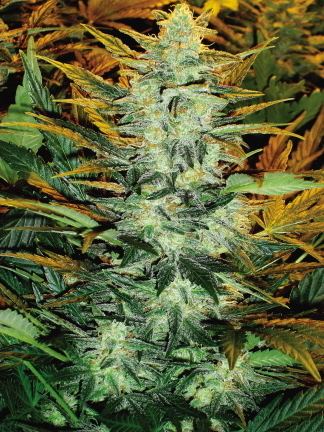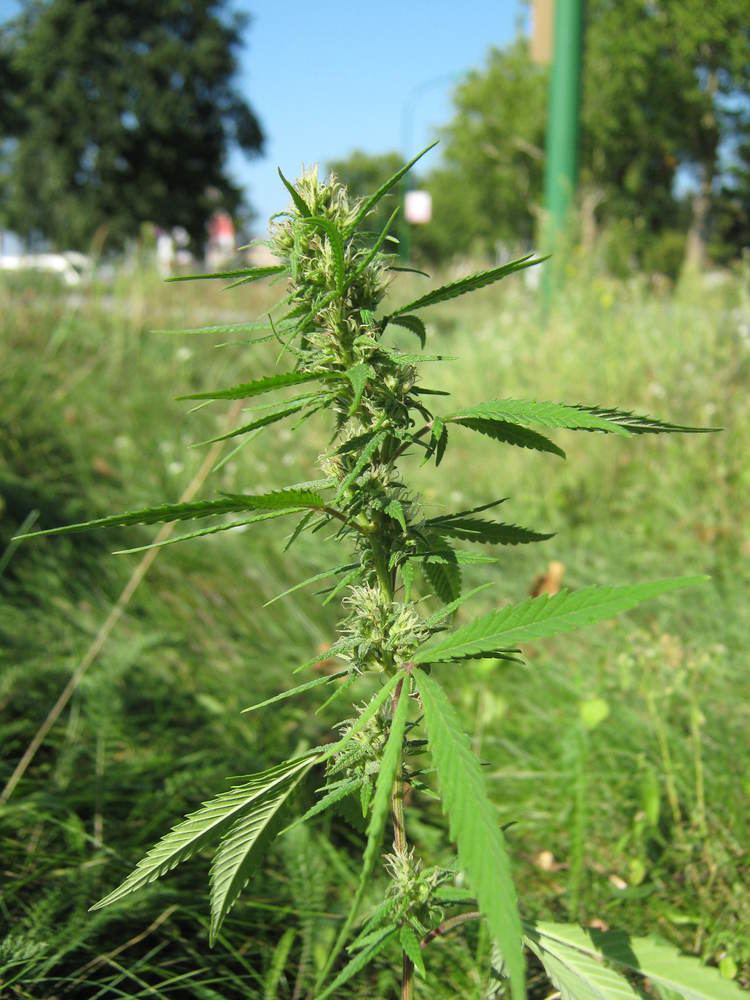Rank Species | Genus Cannabis | |
 | ||
Similar Hemp, Marijuana, Cannabis sativa, Kush, Cannabis sativa subsp in | ||
What is cannabis ruderalis
Cannabis ruderalis is a species of Cannabis originating in Central Russia. It is less common than the other species of Cannabis.
Contents
- What is cannabis ruderalis
- Autoflowers cannabis ruderalis
- Etymology
- Morphology
- Origin and range
- Cultivation
- Uses
- References

Autoflowers cannabis ruderalis
Etymology
The term ruderalis is derived from the Latin rūdera, which is the plural form of rūdus, a Latin word meaning rubble, lump, or rough piece of bronze. A ruderal species refers to any plant that is the first to colonize land after a disturbance removing competition.
Morphology

Cannabis ruderalis rarely grows over two feet in height, and matures in approximately seven weeks. The plants have a "thin, slightly fibrous stem" with little branching. Foliage is open with large leaves.

Cannabis ruderalis will produce flowers based on its age, rather than light cycle, unlike flowering in C. sativa and C. indica varieties. This kind of flowering is also known as "autoflowering".

It has less THC in its resin compared to other Cannabis species. However, it is often high in cannabidiol (CBD).
Origin and range

Cannabis ruderalis was first scientifically identified in 1942 in southern Siberia, although it also grows wild in other areas of Russia. The Russian botanist, Janischewski, was studying wild Cannabis in the Volga River system and realized he had come upon a third species. C. ruderalis is a hardier variety grown in the northern Himalayas and southern states of the former Soviet Union, characterized by a more sparse, "weedy" growth.

Similar C. ruderalis populations can be found in most of the areas where hemp Cultivation was once prevalent. The most notable region in North America is the midwestern United States, though populations occur sporadically throughout the United States and Canada. Large wild C. ruderalis populations are also found in central and Eastern Europe, most of them in Lithuania, Belarus, Latvia, Estonia and adjacent countries. Without human selection, these plants have lost many of the traits they were originally selected for, and have acclimated to their environment.
Cultivation
Seeds of C. ruderalis were brought to Amsterdam in the early 1980s in order to enhance the breeding program of the Seed Bank.
Cannabis ruderalis has a lower THC content than either C. sativa or C. indica, so it is rarely grown for recreational use and the shorter stature of C. ruderalis limits its application for hemp production. Cannabis ruderalis strains are high in the cannabіnoid cannabidiol, so they are grown by some Medical marijuana users.
However, C. ruderalis' early, plant-age triggered "autoflowering" characteristic (which offers some agricultural advantages over the day-length flowering varieties) as well as its reputed resistance to insect and disease pressures makes it attractive to plant breeders. C. indica strains are frequently cross-bred with C. ruderalis to produce autoflowering plants with high THC content, improved hardiness and reduced height. One strain, identified in 1960, is Cannabis x intersita Sojak which is a cross between C. sativa and C. ruderalis. Attempts to produce a Cannabis strain with a shorter growing season are another application of cultivating C. ruderalis. C. ruderalis when crossed with sativa and indica strains produces a plant which flowers automatically and is fully mature in 10 weeks.
Uses
Cannabis ruderalis is traditionally used in Russian and Mongolian folk Medicine, especially for uses in treating depression. C. ruderalis is not used as a recreational drug because of the low THC content.
In modern use, C. ruderalis is crossed with Bedrocan strains to produce Bediol for medical prescriptions.
